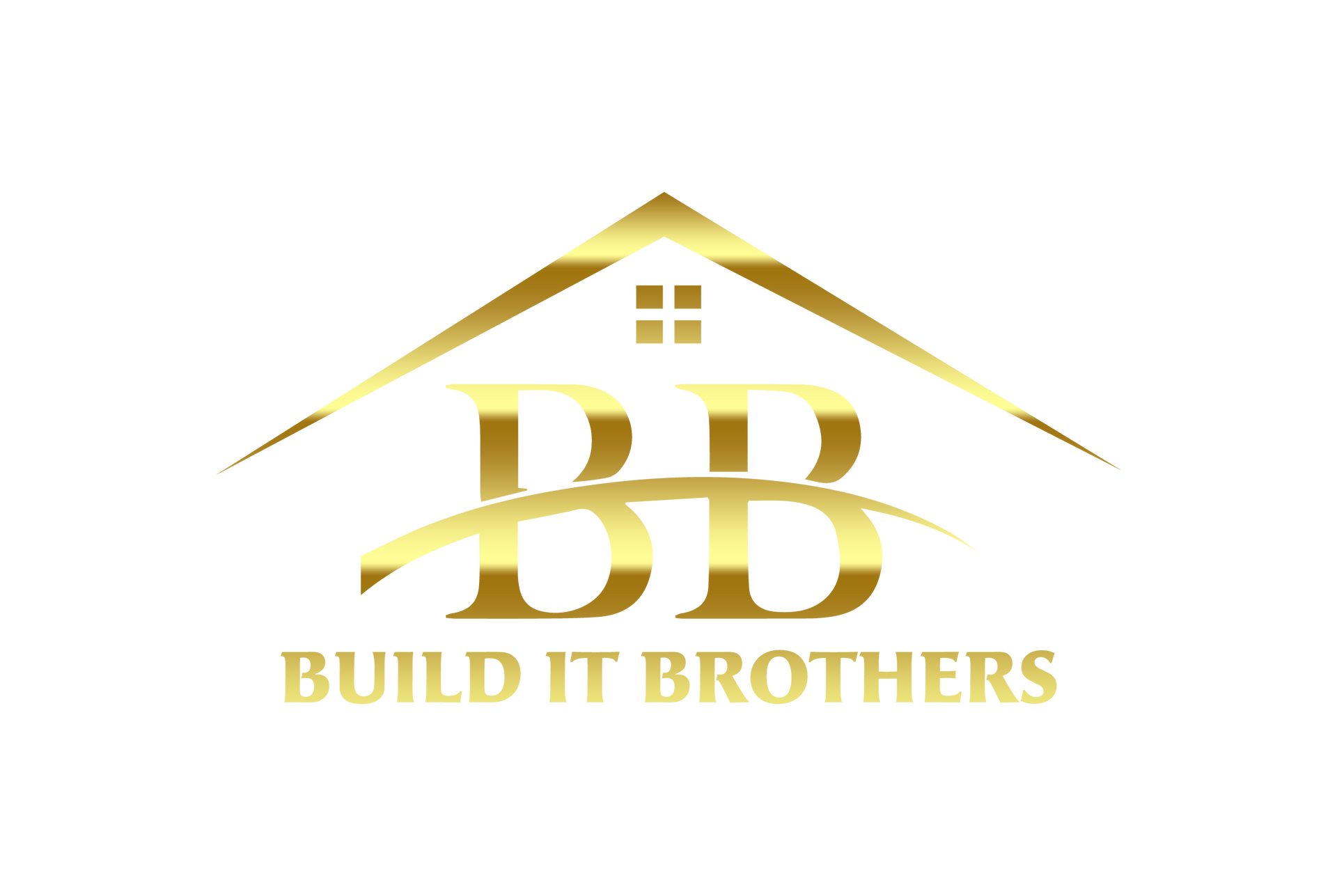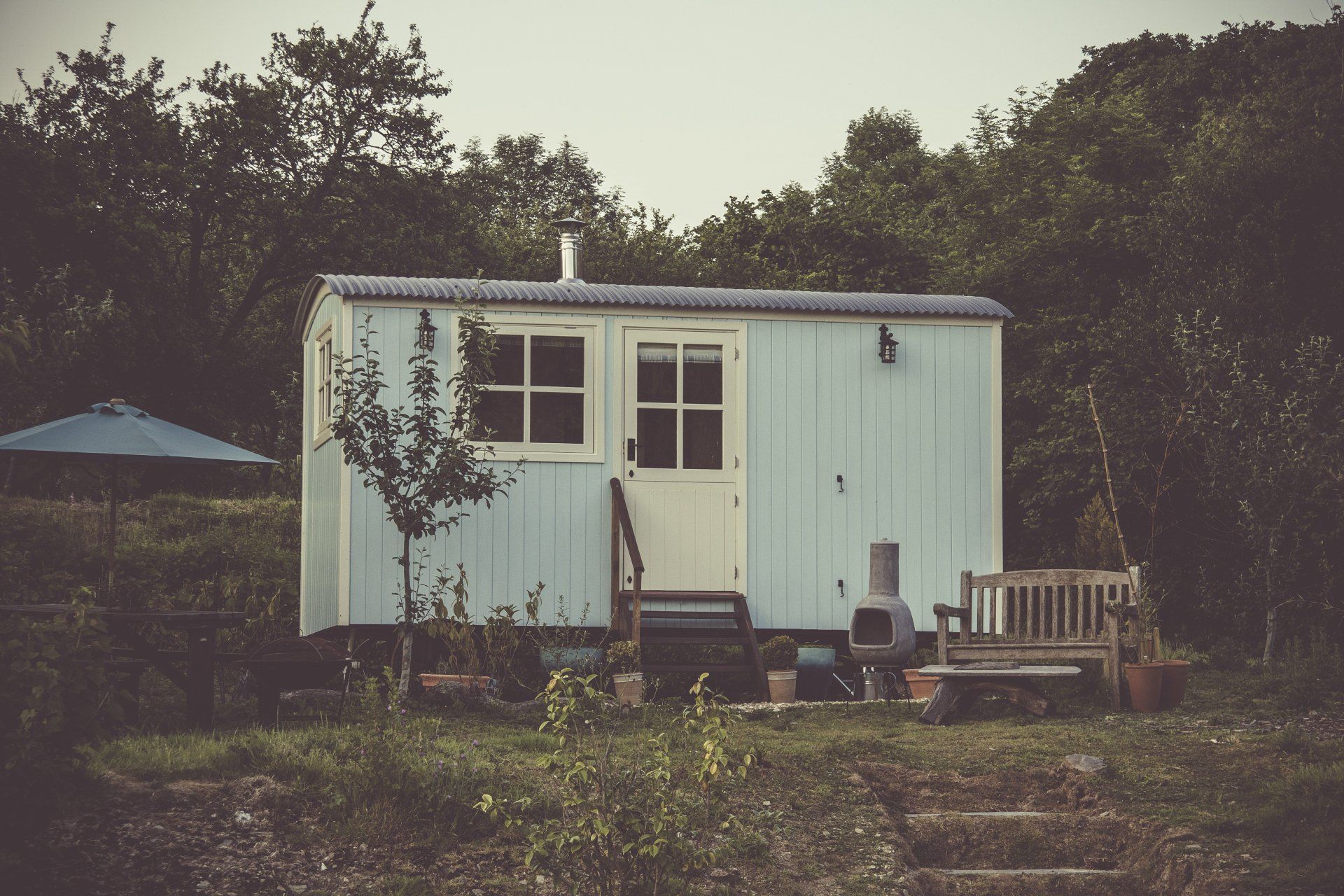Blog Layout
Top 10 Home Remodeling Trends
January 13, 2025
Top 10 Home Remodeling Trends
Home remodeling has always been a dynamic field, with trends shifting to reflect changing lifestyles, technological advancements, and aesthetic preferences. In 2025, the industry continues to innovate, offering homeowners fresh ideas to enhance their spaces. Here are the top 10 remodeling trends to inspire your next project:
- Open-Concept Living The demand for open-concept spaces remains strong, as homeowners seek layouts that promote interaction and create a sense of spaciousness. This trend often involves knocking down walls to merge the kitchen, dining, and living areas into one cohesive space. Open-concept designs not only make a home feel larger but also improve natural light flow and flexibility in furniture arrangement.
- Smart Home Integration Smart technology is no longer a luxury—it’s becoming a standard feature in remodeling projects. Homeowners are investing in smart thermostats, voice-activated lighting, automated blinds, and security systems. These features add convenience, improve energy efficiency, and offer a modern touch that aligns with contemporary lifestyles.
- Bold Kitchen Designs Kitchens are evolving from purely functional spaces to design statements. This year, bold kitchens are trending, featuring vibrant colors, dramatic backsplashes, and two-tone cabinetry. Homeowners are experimenting with jewel tones, matte finishes, and unique hardware to add personality to their cooking spaces. Statement-making range hoods and custom islands further elevate kitchen design.
- Sustainable Materials Environmental consciousness is influencing material choices in home remodeling. Reclaimed wood, recycled metal, and bamboo are popular options for flooring, cabinetry, and accents. Sustainable practices extend to energy-efficient appliances, LED lighting, and low-VOC paints. By prioritizing eco-friendly materials, homeowners can reduce their environmental impact while enjoying durable and beautiful finishes.
- Spa-Like Bathrooms Bathrooms are becoming luxurious retreats, with spa-inspired designs taking center stage. Features like freestanding soaking tubs, rainfall showers, and heated floors create an atmosphere of relaxation. Neutral color palettes, natural stone, and sleek fixtures contribute to a calming aesthetic. Homeowners are also incorporating elements like built-in storage and dimmable lighting to enhance functionality and ambiance.
- Multi-Functional Spaces With more people working and studying from home, there’s a growing need for spaces that serve multiple purposes. Home offices that double as guest rooms or play areas that transform into study zones are increasingly common. Custom furniture, like fold-away desks or Murphy beds, helps maximize utility without compromising style.
- Outdoor Living Enhancements Outdoor spaces are being treated as extensions of the home, with increased investment in patios, decks, and gardens. Features like outdoor kitchens, fire pits, and pergolas are popular additions that create inviting areas for relaxation and entertainment. Durable, weather-resistant materials ensure these spaces remain functional year-round.
- Energy Efficiency Upgrades Homeowners are prioritizing energy efficiency to reduce utility costs and environmental impact. Upgrades like solar panels, high-efficiency HVAC systems, and triple-pane windows are becoming standard in remodels. Smart energy management systems allow homeowners to monitor and optimize their energy usage, further increasing savings.
- Minimalist Design The minimalist aesthetic continues to resonate with homeowners seeking simplicity and elegance. Clean lines, neutral tones, and uncluttered spaces define this trend. Built-in storage solutions help maintain a streamlined look while keeping essential items easily accessible. Minimalist designs often focus on quality over quantity, emphasizing craftsmanship and timeless appeal.
- Aging-in-Place Features As the population ages, more homeowners are incorporating universal design principles into their remodels. Features like zero-threshold showers, wider doorways, and lever-style door handles make homes more accessible for individuals with mobility challenges. These elements ensure that a home remains functional and comfortable for years to come.
Conclusion
These top 10 remodeling trends highlight the evolving priorities and preferences of homeowners in 2025. Whether you’re planning a small update or a major renovation, incorporating these ideas can help you create a space that’s stylish, functional, and future-proof. Stay ahead of the curve by embracing innovation and tailoring your projects to reflect your unique needs and tastes.
You might also like

December 5, 2024
The Ultimate Guide to Sustainable Building Materials As environmental awareness grows, so does the demand for sustainable building practices. One crucial aspect of eco-friendly construction is the use of sustainable building materials. These materials not only contribute to a greener planet but also offer numerous benefits in terms of durability, energy efficiency, and overall environmental impact. In this comprehensive guide, we'll explore the world of sustainable building materials, from their types and advantages to practical tips on incorporating them into your next construction project. Types of Sustainable Building Materials 1. Bamboo Known for its rapid growth and renewability, bamboo has become a popular choice for sustainable building. It's a versatile material used for flooring, furniture, and even structural elements. Bamboo absorbs carbon dioxide and releases oxygen, making it an excellent choice for reducing a building's carbon footprint. 2. Reclaimed Wood Using reclaimed wood from old barns, factories, or other structures not only gives a unique character to a building but also reduces the demand for new lumber. Reclaimed wood is often used for flooring, beams, and decorative elements, providing a second life to materials that would otherwise go to waste. 3. Recycled Steel Steel is a durable and recyclable material, making it an eco-friendly option for construction. Recycled steel has a lower environmental impact than using new materials, and it maintains its strength and integrity even after being recycled multiple times. It is commonly used in the construction of framing and structural elements. 4. Recycled Glass Incorporating recycled glass into building materials, such as countertops, tiles, and insulation, helps divert waste from landfills. Glass recycling requires less energy than producing new glass, making it an environmentally responsible choice for sustainable construction. 5. Rammed Earth Rammed earth construction involves compacting natural raw materials, such as earth, chalk, lime, or gravel, into solid walls. This ancient building technique is not only sustainable but also provides excellent thermal mass, helping regulate indoor temperatures naturally. 6. Hempcrete Hempcrete is a bio-composite material made from the inner woody fibers of the hemp plant mixed with lime and water. It's a lightweight, durable, and breathable material that can be used for insulation and construction. Hemp absorbs carbon dioxide during its growth, making hempcrete a carbon-negative building material. 7. Cork Cork, harvested from the bark of cork oak trees, is a renewable and sustainable material. It's commonly used for flooring, wall coverings, and insulation. The extraction process does not harm the trees, allowing them to regenerate and continue absorbing carbon dioxide. 8. Straw Bales Straw bale construction involves using straw bales as building blocks for walls. This method provides excellent insulation properties, and straw is an agricultural byproduct, making it an environmentally friendly choice. Straw bale buildings are energy-efficient and have a minimal ecological footprint. 9. Solar Tiles Integrating solar technology into building materials is a sustainable way to harness renewable energy. Solar tiles or solar shingles can replace traditional roofing materials, allowing buildings to generate electricity while maintaining a visually appealing and functional roof. 10. Precast Concrete While concrete is a commonly used construction material, precast concrete offers a more sustainable option. Precast concrete is manufactured offsite, reducing waste and energy consumption during the construction process. It also provides durability and longevity in building structures. Advantages of Sustainable Building Materials 1. Environmental Impact Reduction The primary advantage of using sustainable building materials is the significant reduction in environmental impact. By choosing materials that are renewable, recycled, or have a lower carbon footprint, construction projects can contribute to the preservation of natural resources and biodiversity. 2. Energy Efficiency Many sustainable materials, such as recycled steel, cork, and rammed earth, offer excellent thermal properties. This results in improved energy efficiency, as buildings constructed with these materials often require less energy for heating and cooling. The energy savings contribute to a lower overall environmental impact throughout the building's lifespan. 3. Longevity and Durability Sustainable building materials are often chosen for their durability and longevity. Materials like recycled steel and precast concrete have a longer lifespan than traditional alternatives, reducing the need for frequent replacements and repairs. This not only saves resources but also minimizes the environmental impact associated with manufacturing new materials. 4. Waste Reduction Materials such as reclaimed wood and recycled steel contribute to waste reduction by repurposing materials that would otherwise end up in landfills. This practice aligns with the principles of the circular economy, where resources are reused and recycled to minimize waste and environmental degradation. 5. Improved Indoor Air Quality Some sustainable materials, such as low-VOC (volatile organic compound) paints, finishes, and adhesives, contribute to better indoor air quality. Low-VOC products release fewer harmful chemicals into the air, creating a healthier and more comfortable living or working environment. Incorporating Sustainable Building Materials into Your Project 1. Start with a Green Design The first step to incorporating sustainable building materials is to start with a green design. Work with architects and designers who prioritize sustainability and can help you select materials that align with your environmental goals. 2. Research and Choose Wisely Take the time to research and choose sustainable materials that fit the specific needs of your project. Consider factors such as the material's source, manufacturing process, durability, and recyclability. Look for third-party certifications, such as LEED (Leadership in Energy and Environmental Design), to ensure the sustainability of your chosen materials. 3. Local and Regional Sourcing Opt for locally sourced materials to reduce transportation-related carbon emissions. Local materials also support regional economies and may have a lower environmental impact compared to materials sourced from distant locations. 4. Collaborate with Eco-Friendly Suppliers Build relationships with suppliers who prioritize sustainability. Many suppliers now offer eco-friendly alternatives and can provide information on the environmental impact of different materials. Collaborating with like-minded suppliers ensures a smoother integration of sustainable materials into your construction project. 5. Consider Life Cycle Analysis Evaluate the life cycle of the materials you intend to use. Consider not only the environmental impact during manufacturing but also the long-term effects, including maintenance, replacement, and disposal. Life cycle analysis helps make informed decisions about the overall sustainability of a material. 6. Certifications and Standards Look for materials that have recognized certifications and meet established sustainability standards. Certifications such as Cradle to Cradle, Forest Stewardship Council (FSC), and GreenGuard provide assurance that the materials meet specific environmental criteria. 7. Educate Your Team Ensure that your construction team is educated and trained on the proper handling and installation of sustainable materials. Some eco-friendly materials may require specific construction techniques, and proper installation is crucial for maximizing their benefits. 8. Plan for Deconstruction and Recycling Consider the end-of-life cycle of the materials you choose. Plan for deconstruction and recycling to ensure that materials can be repurposed or recycled rather than ending up in landfills. Designing with disassembly in mind promotes a circular approach to construction. Challenges and Considerations While sustainable building materials offer numerous benefits, there are challenges and considerations to keep in mind: 1. Cost Considerations In some cases, sustainable materials may have a higher upfront cost than traditional alternatives. However, it's essential to consider the long-term benefits, including energy savings, reduced maintenance costs, and positive environmental impact. 2. Availability and Sourcing Challenges Certain sustainable materials may have limited availability in certain regions. It's crucial to plan and source materials well in advance to avoid delays in construction. 3. Balancing Aesthetics and Sustainability Achieving a balance between aesthetics and sustainability can be challenging. However, with the growing demand for eco-friendly options, the design industry is continuously expanding its range of visually appealing sustainable materials. 4. Educating Stakeholders Educating clients, contractors, and other stakeholders about the benefits of sustainable materials is essential. Clear communication and a shared commitment to environmental responsibility help ensure the successful implementation of sustainable building practices. Conclusion In conclusion, the use of sustainable building materials is a crucial step toward creating a more eco-friendly and resilient built environment. From bamboo and recycled steel to cork and hempcrete, there is a wide range of materials available to suit different construction needs. By incorporating these materials into your projects, you not only contribute to a healthier planet but also enjoy the numerous benefits of increased energy efficiency, improved indoor air quality, and reduced environmental impact. As the construction industry continues to evolve, embracing sustainable building practices is not just a trend but a responsible and necessary approach to shaping a greener and more sustainable future. Whether you are a homeowner, builder, or architect, making informed choices about the materials you use can have a lasting and positive impact on the world we live in. Let sustainability guide your construction journey, and together, we can build a better tomorrow.
Book a Service Today
Thank you for contacting us.
We will get back to you as soon as possible
We will get back to you as soon as possible
Oops, there was an error sending your message.
Please try again later
Please try again later



